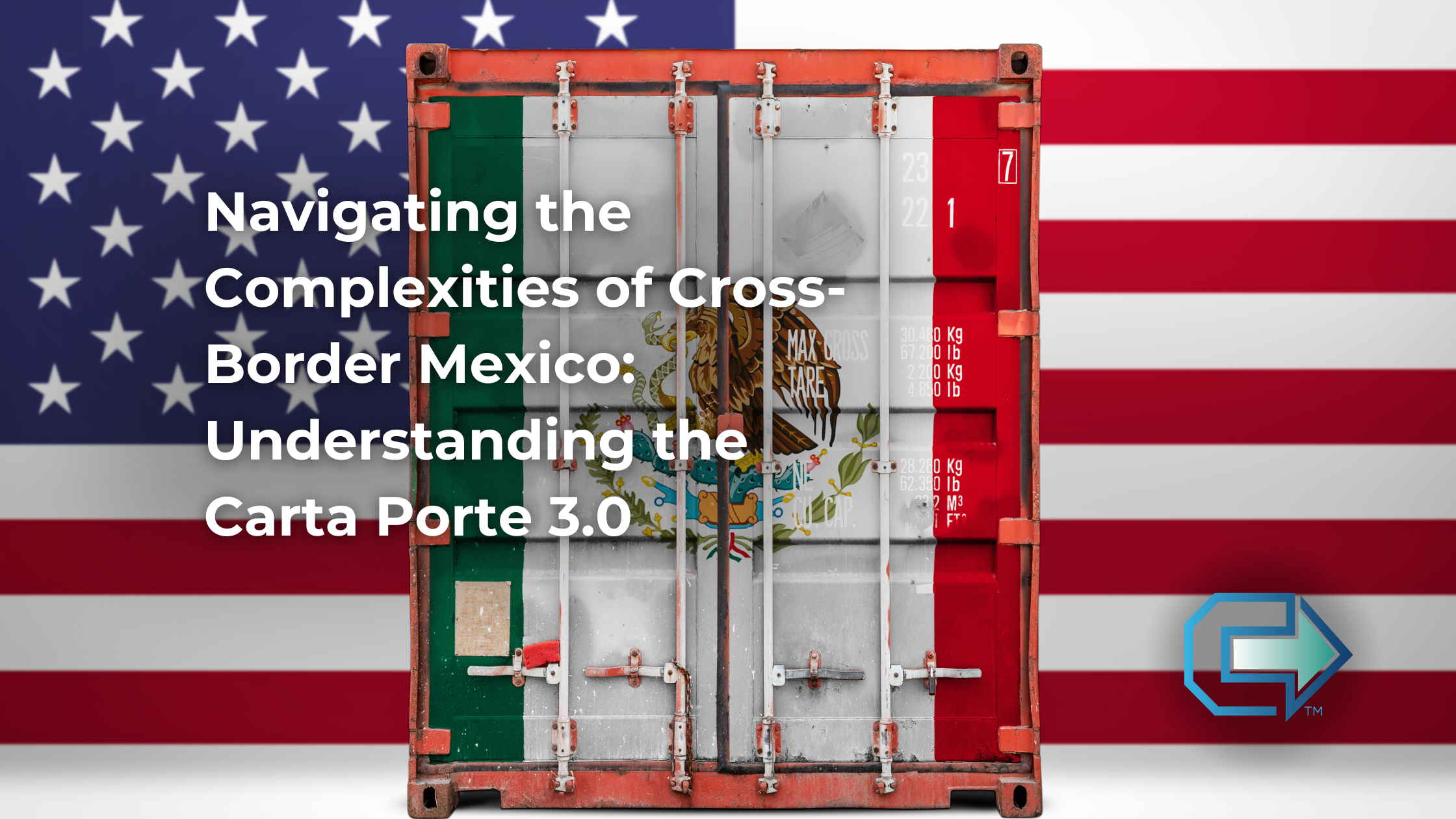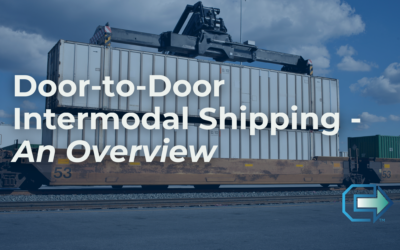Shipping goods from Mexico to the United States can be a daunting task, largely due to the intricate paperwork involved. One of the most crucial documents is the Carta Porte, a Mexican equivalent to the U.S. bill of lading. But unlike its simpler American counterpart, the Carta Porte is far more detailed and serves multiple purposes for the Mexican government.
What is Carta Porte?
A Carta Porte is essentially a transportation invoice or bill of lading used in Mexico. It provides comprehensive details about the goods being transported, including:
- Origin and destination
- Quantity, type, and value of cargo
- Vehicle used and its route
Why Does Mexico Require the Carta Porte?
The Carta Porte serves several key functions for the Mexican government:
- Tax Revenue: By mandating detailed information about goods, Mexico can more accurately collect taxes.
- Prevention of Tax Evasion: Strict requirements make it difficult for businesses to underreport income or evade taxes.
- Improved Tracking and Auditing: The Carta Porte, in conjunction with the CFDI (Mexico’s digital invoice system), allows the government to monitor the movement of goods.
- Supply Chain Transparency: This standardized, digitized document enhances transparency across the supply chain.
Understanding the CFDI
To fully grasp the Carta Porte, it is essential to understand the CFDI. A CFDI (Comprobante Fiscal Digital por Internet) is Mexico’s electronic invoicing system. Similar to the Carta Porte, it’s designed to facilitate tax collection and provide the government with detailed transaction information.

The Complemento Carta Porte
While the physical Carta Porte accompanies the freight, the Complemento Carta Porte is its digital counterpart. Integrated with the CFDI, it provides additional transportation-specific details.
The Impact of Carta Porte 3.0
To modernize its supply chain, Mexico introduced Carta Porte 3.0. This update includes:
- Increased detail requirements: More comprehensive information about goods, routes, vehicles, and other logistics data.
- Enhanced integration with CFDI: Stronger connection between the transportation document and the digital invoice.
- Improved security and compliance: Measures to combat illicit transportation activities.
- Stricter enforcement and penalties: Increased consequences for non-compliance.
- While these changes may add complexity for businesses, they aim to create a more efficient and transparent supply chain in Mexico.
By understanding the Carta Porte and its latest iteration, companies can better navigate the challenges of Mexican freight transportation and ensure compliance with government regulations.
Looking for a transportation provider who is familiar with moving your goods via cross-border Mexico? Learn more about how Cornerstone’s expertise can keep your freight moving smoothly by visiting our website or contact us.








